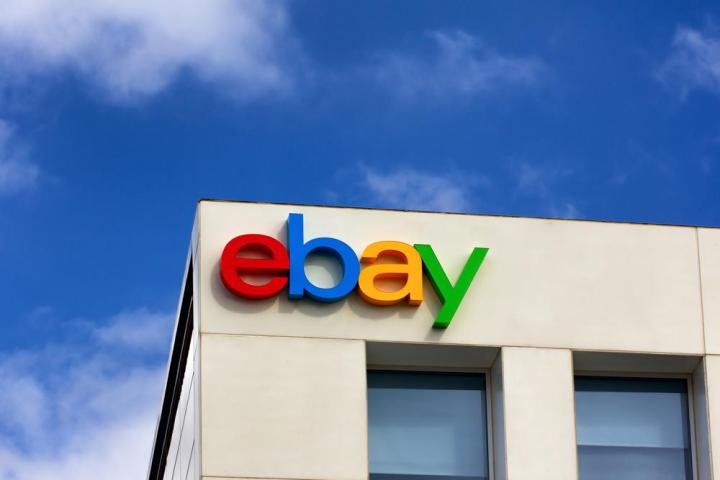
The initiative involves a so-called “authentication program” aimed at boosting consumer confidence when it comes to shopping on the site and hitting the buy button.
Initially focusing on high-end products such as branded handbags and other fashion-related items, the system will be powered by a network of professional authenticators charged with checking whether an item is the real deal or a cheap knock-off.
Sellers handling pricey products can sign up to the authentication service, though they’ll have to pay a fee, the amount of which is currently undecided. Once they enroll, a note will be attached to each of the seller’s products on eBay informing the shopper that if they purchase an item, it’ll be examined by an official authenticator prior to shipping. Of course, if the item is found to be fake, the transaction will be canceled and the shopper reimbursed.
If the seller doesn’t want to enroll in the program, the buyer can request an inspection, though the fee will be charged to them instead.
Finally, if a shopper receives a product following inspection and it’s found to be fake, eBay promises to refund the buyer twice the amount of the original purchase price.
Discussing the new system, Laura Chambers, VP of eBay Consumer Selling, said, “For buyers, the service adds another layer of trust to allow them to shop confidently. And for sellers, the service will be most beneficial for those who are looking to part ways with their high-value items, but don’t necessarily have a long-established selling history on eBay.”
Chambers added, “For our more established sellers, the service may not be as meaningful given they’ve likely established a trusted reputation, but it will certainly be available to all sellers.”
The new authentication system will be tested out over the coming months, with eBay aiming to make it broadly available toward the end of 2017. If it helps to boost sales of high-end items, everyone’s a winner, including eBay, which takes a cut of every sale.
Amazon revealed in November that it, too, is stepping up efforts to rid its own site of fake goods, calling on brand owners to register their products with the Seattle-based company. Once an item is in its registry, any seller who lists the product for sale has to prove to Amazon that they have a legal right to sell it online.
The effectiveness of these initiatives remains to be seen, but the two ecommerce giants clearly feel compelled to find new ways to banish counterfeit goods from their online stores in a bid to maintain and boost confidence among its users while reassuring brand owners and sellers of genuine goods that they’re looking out for them, too.


